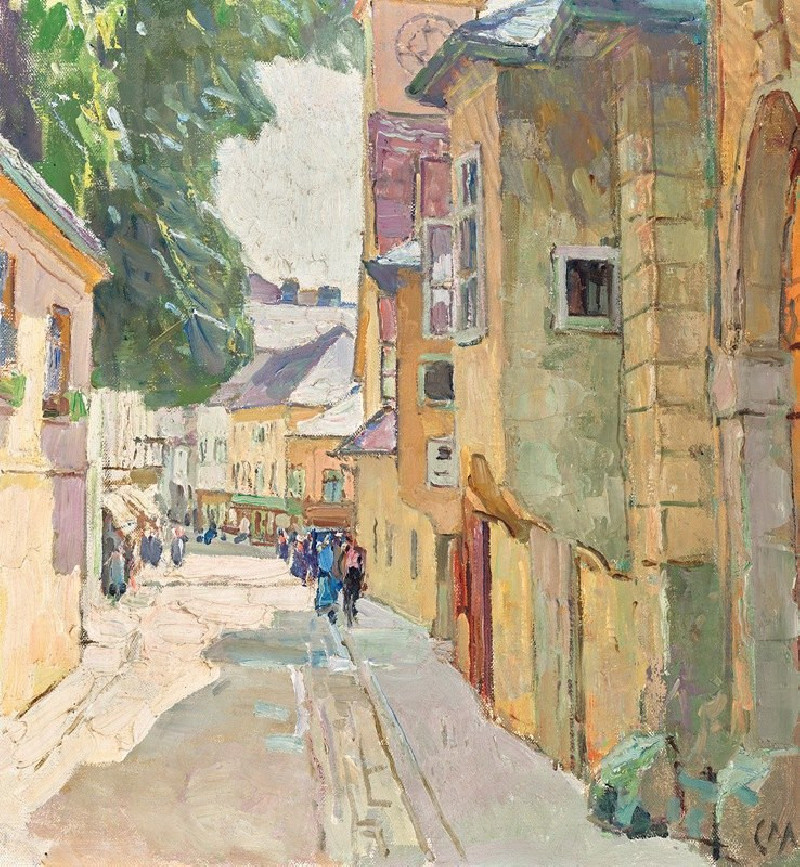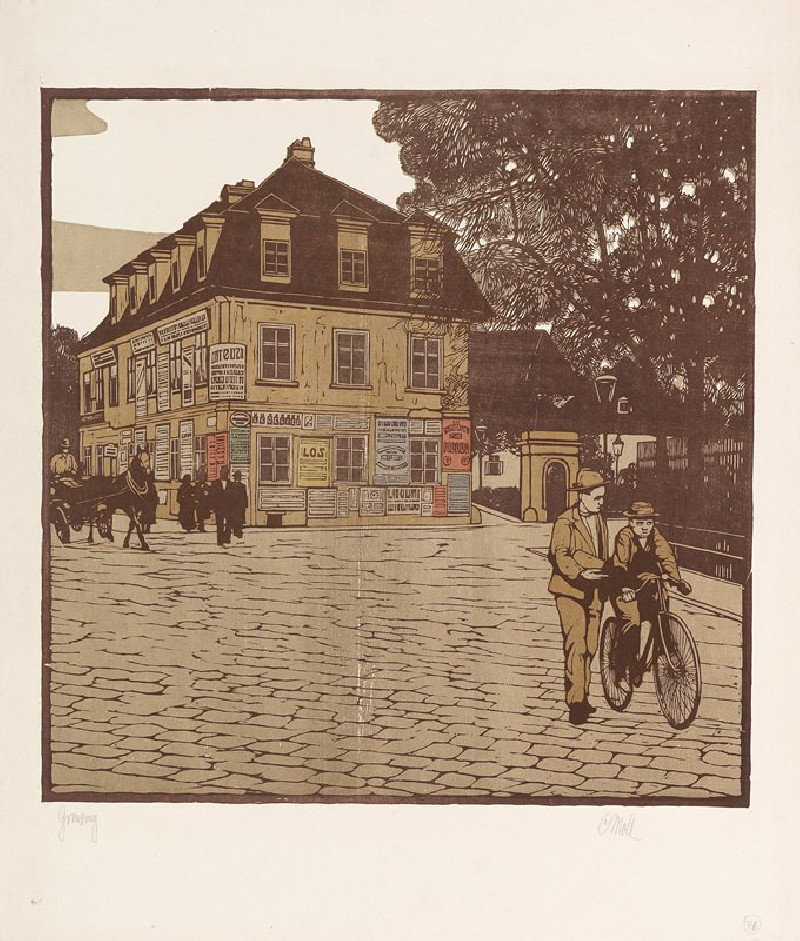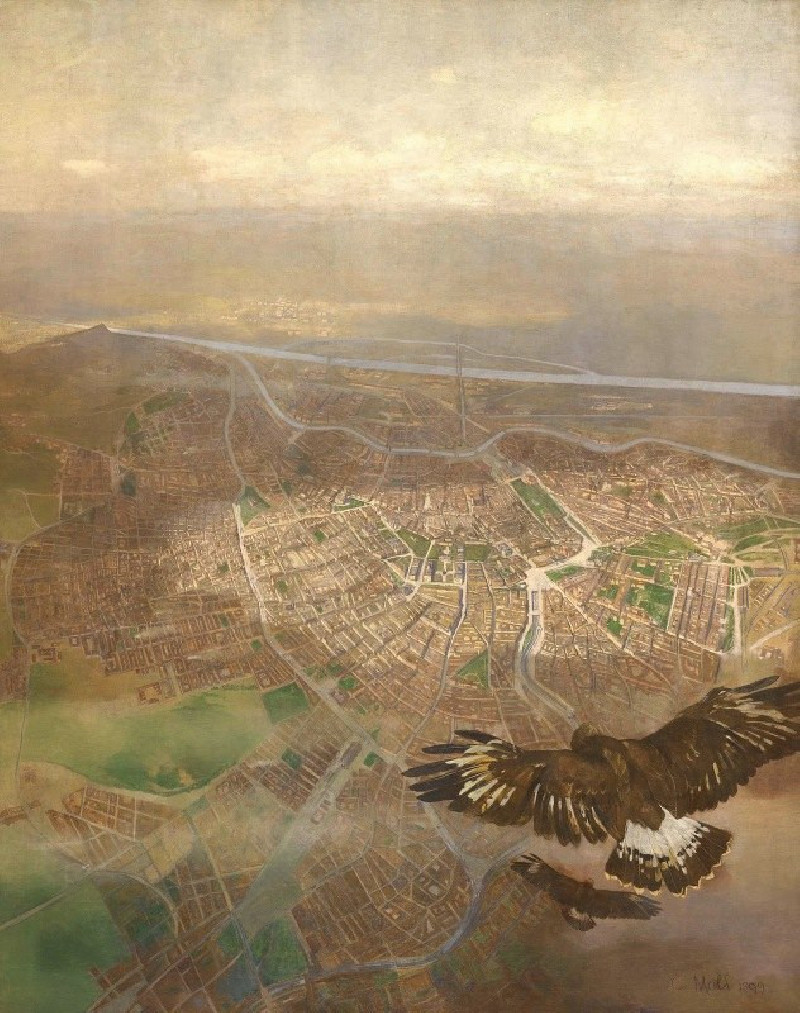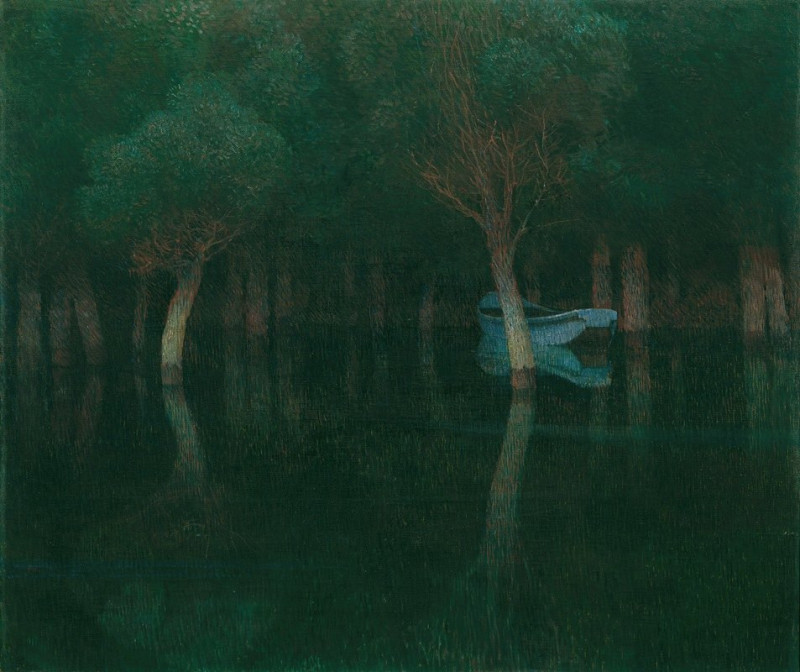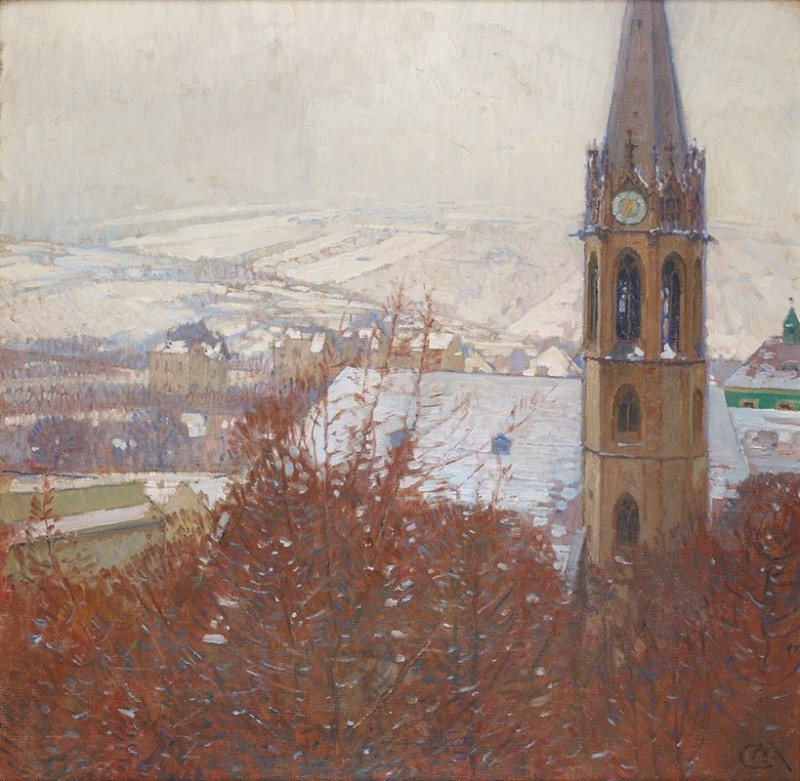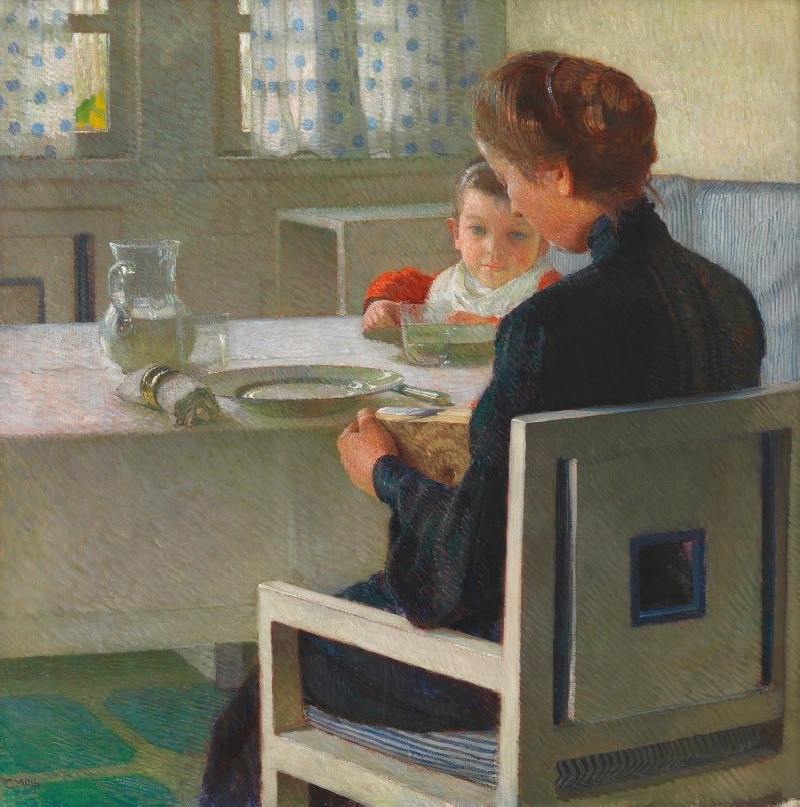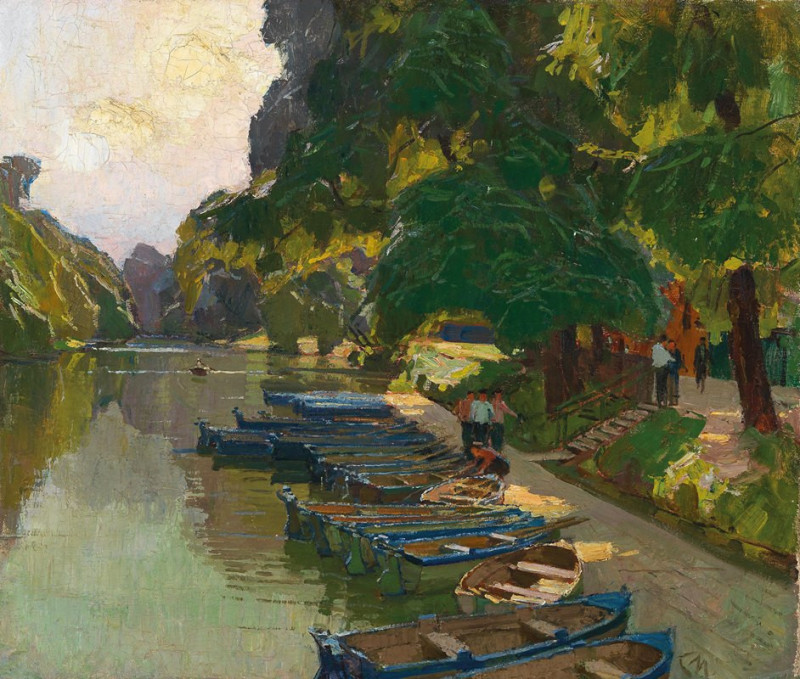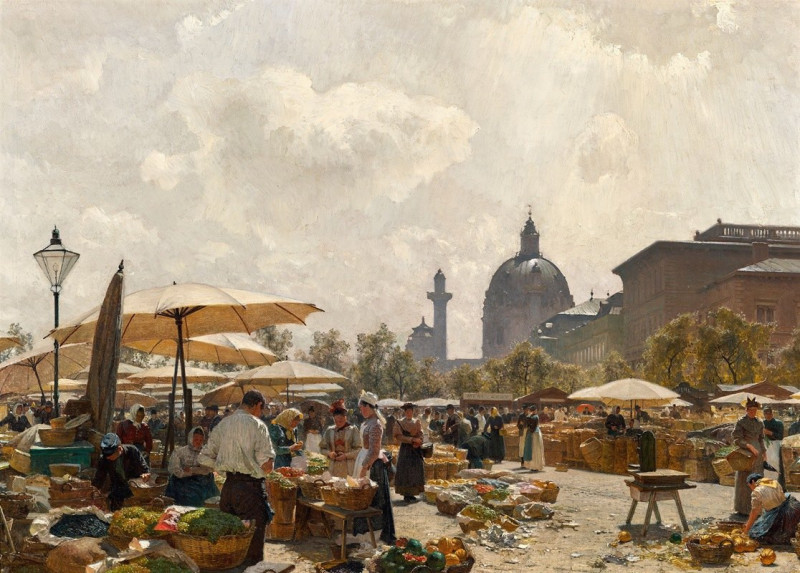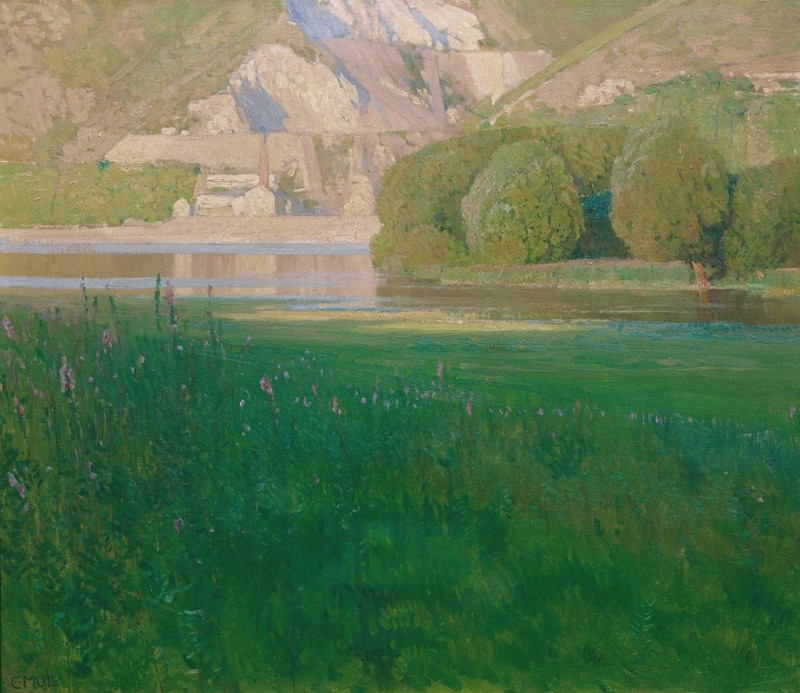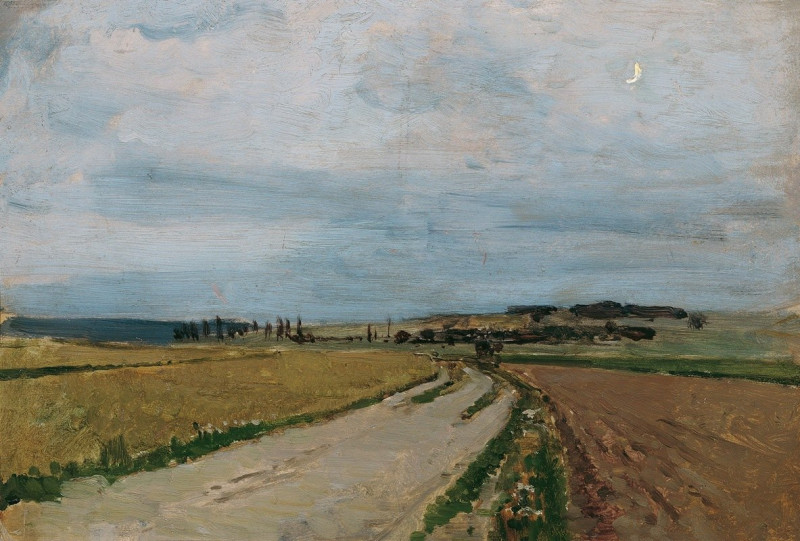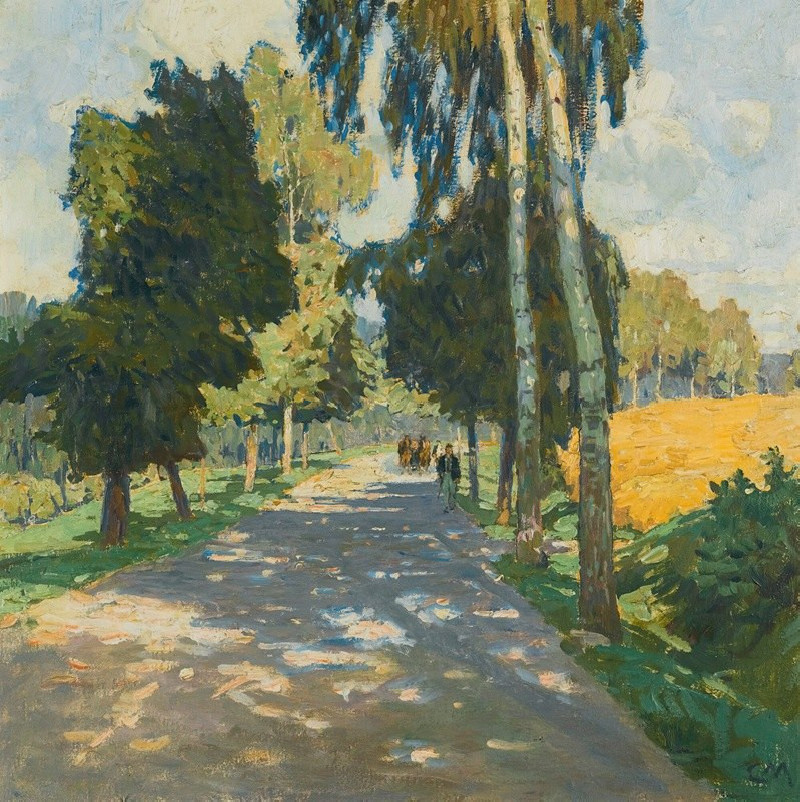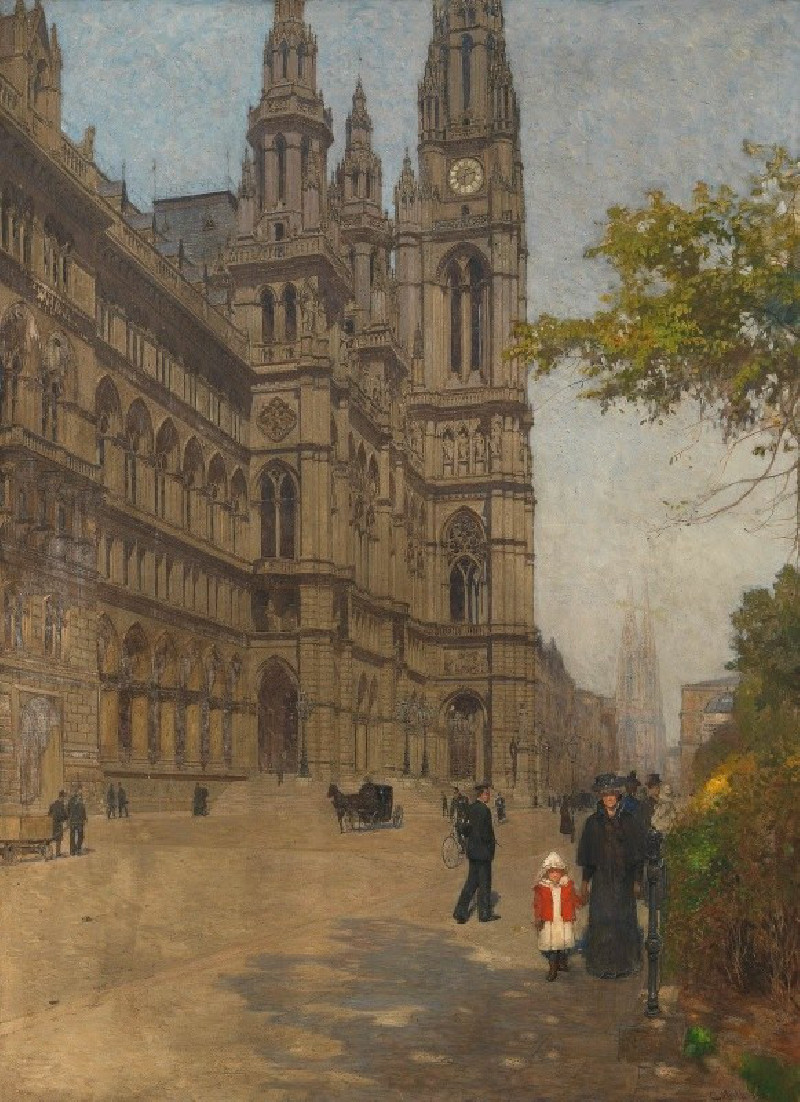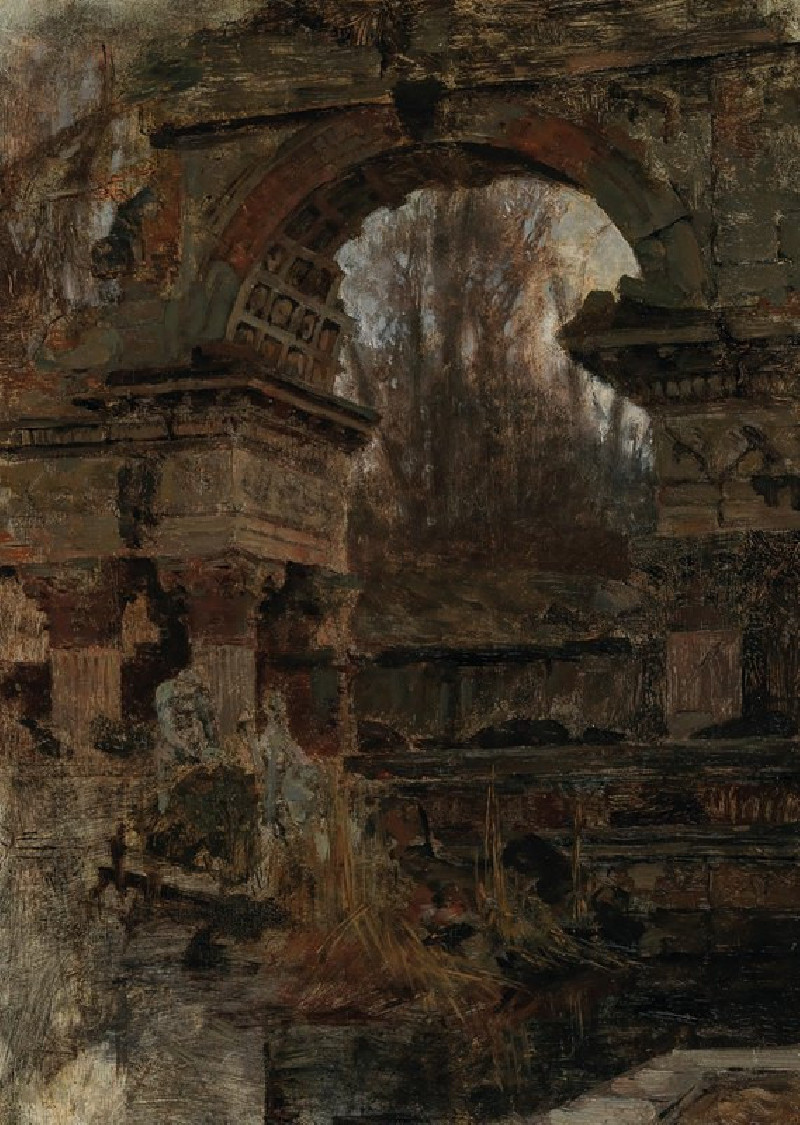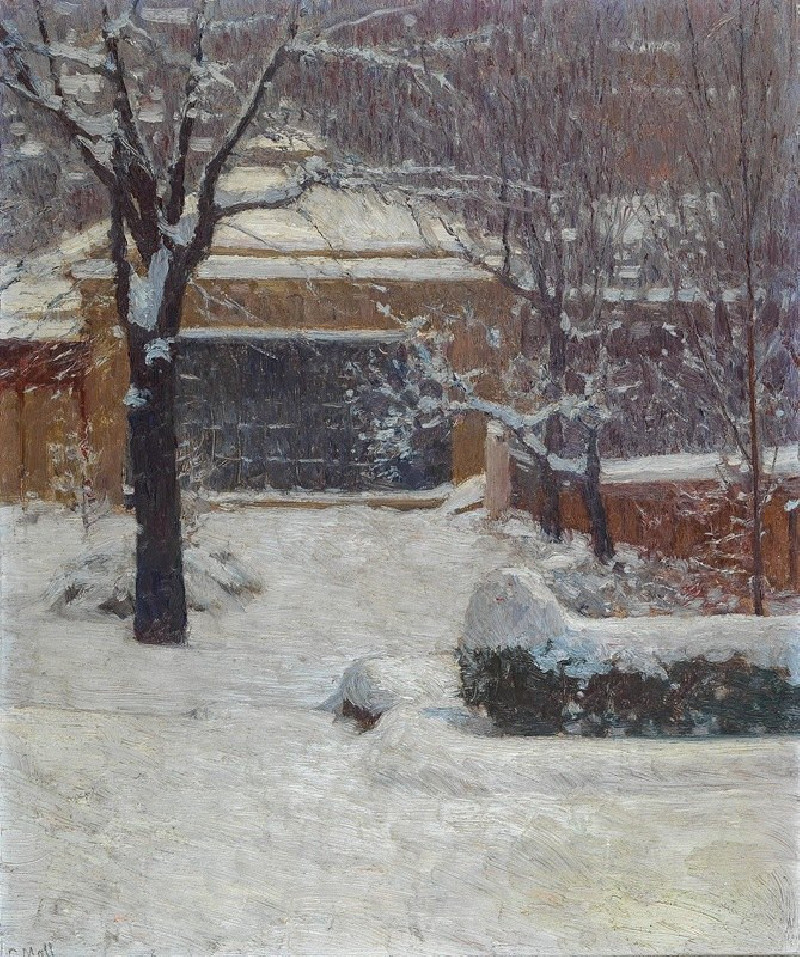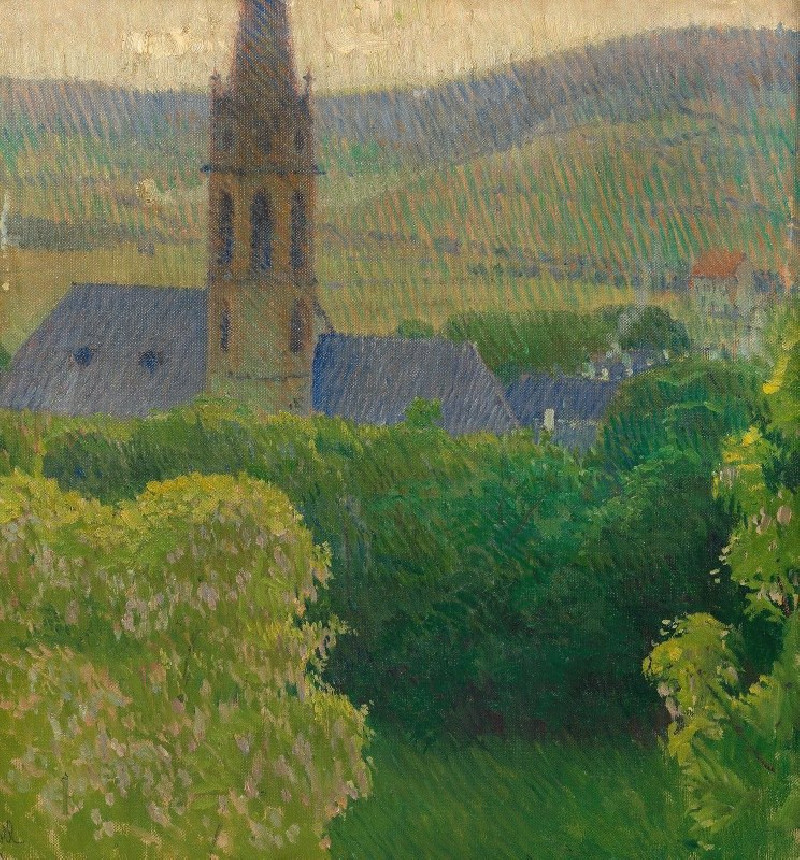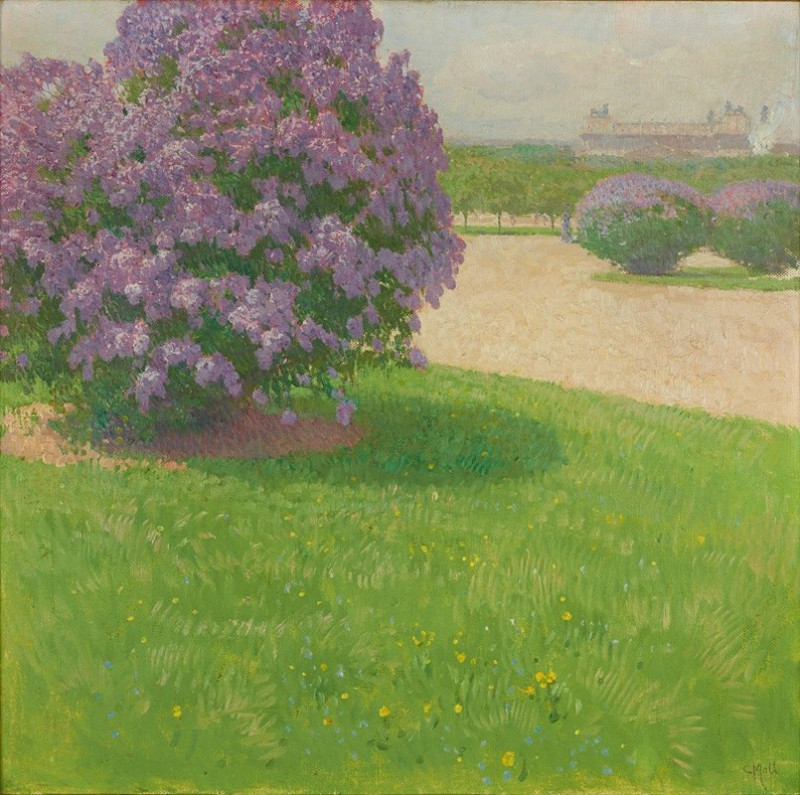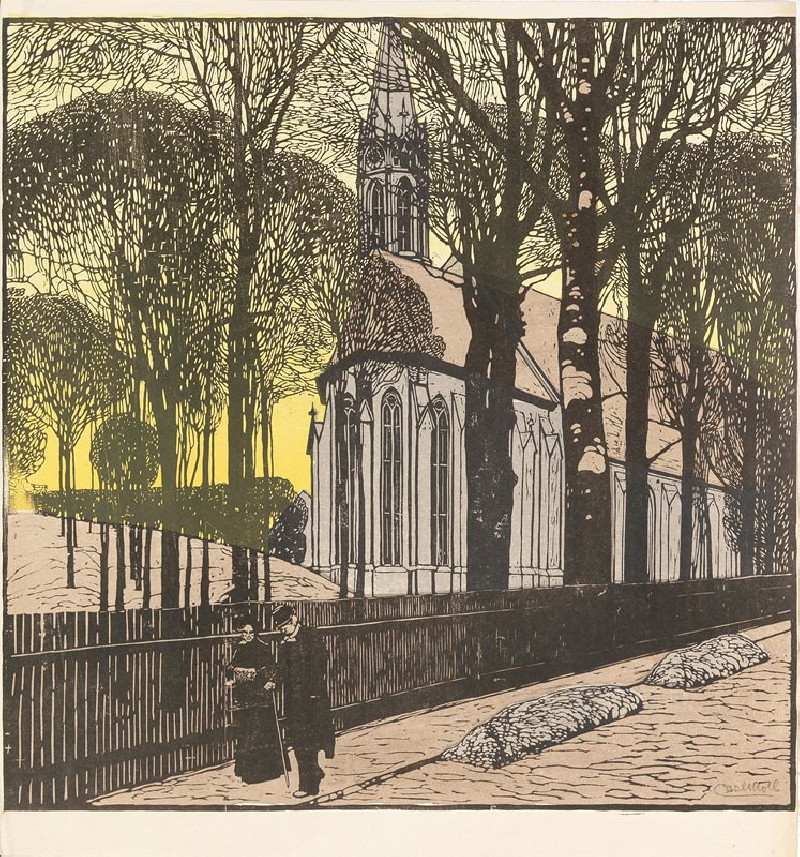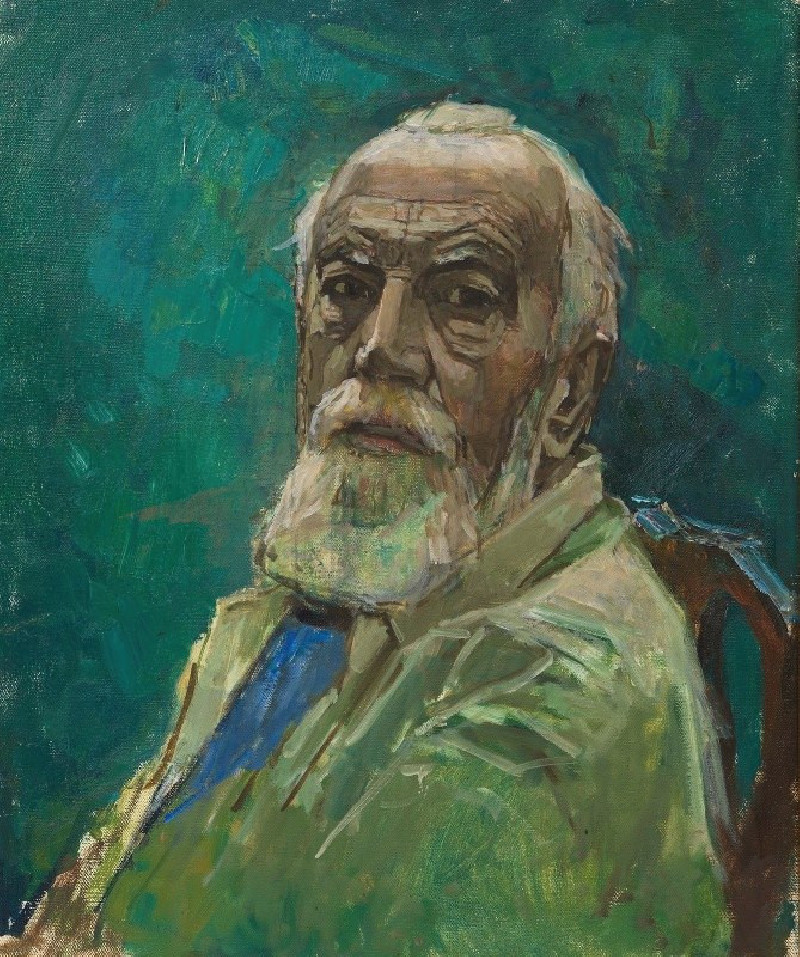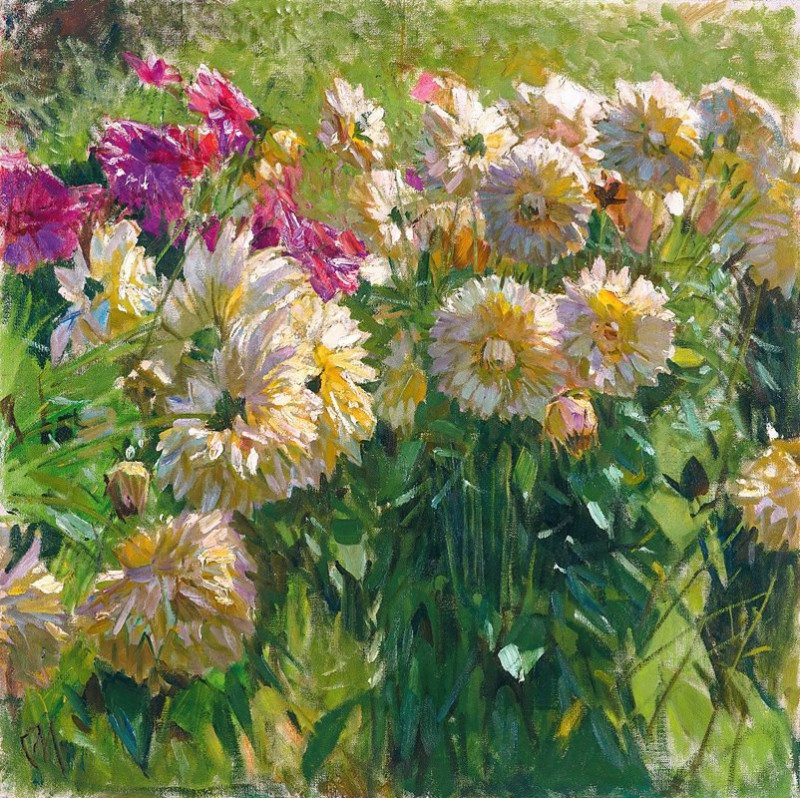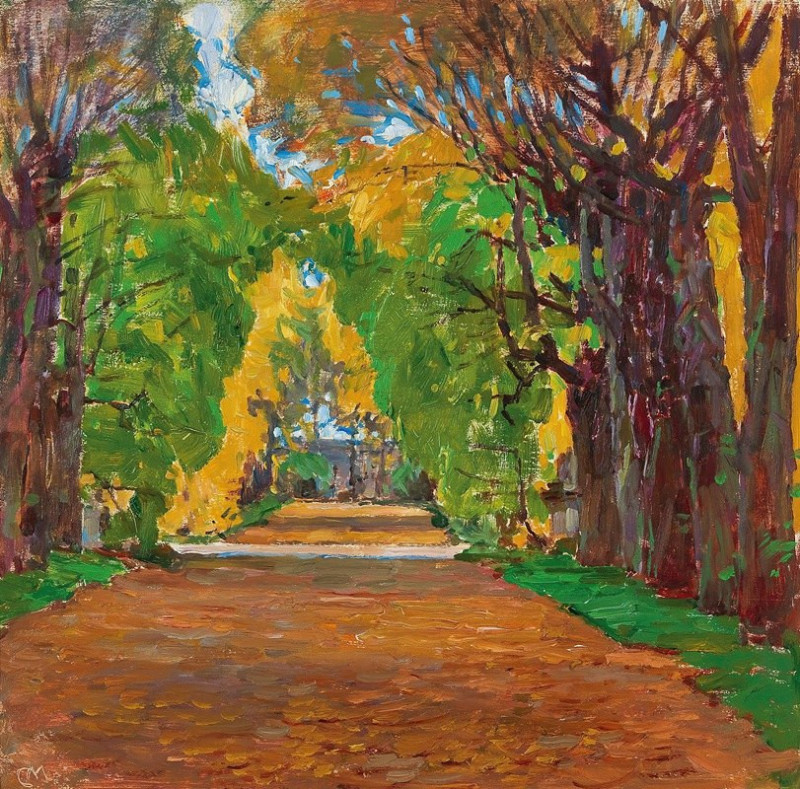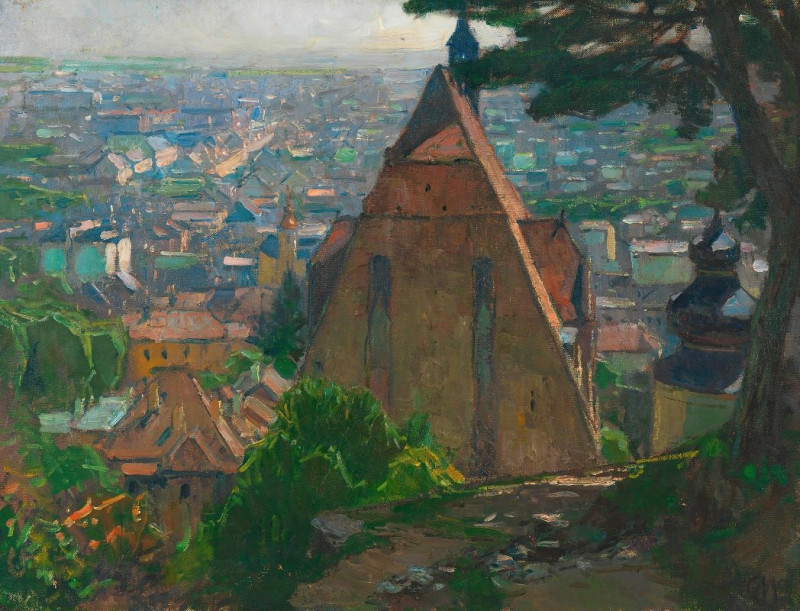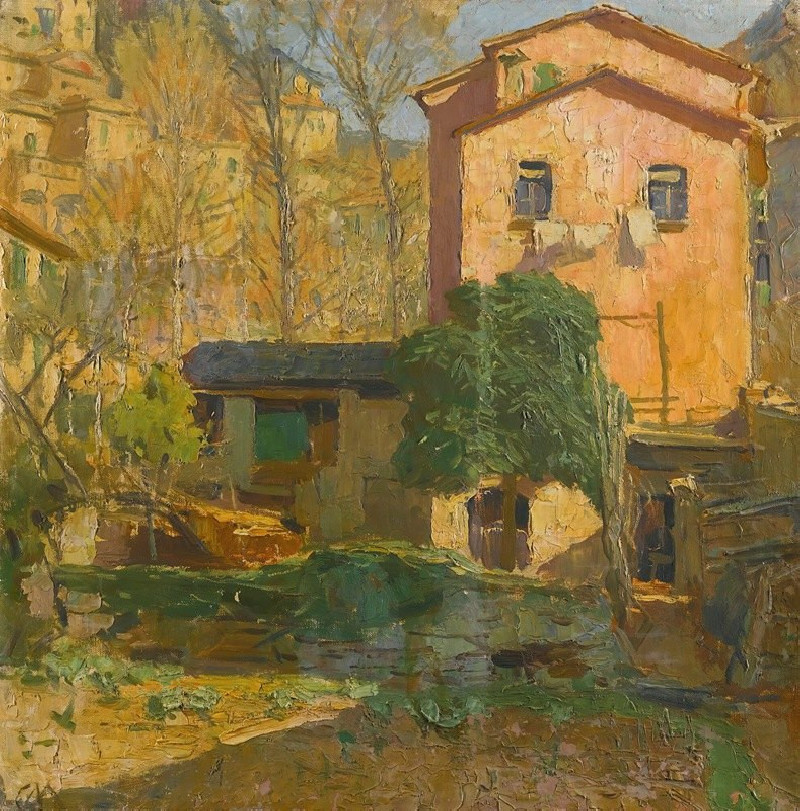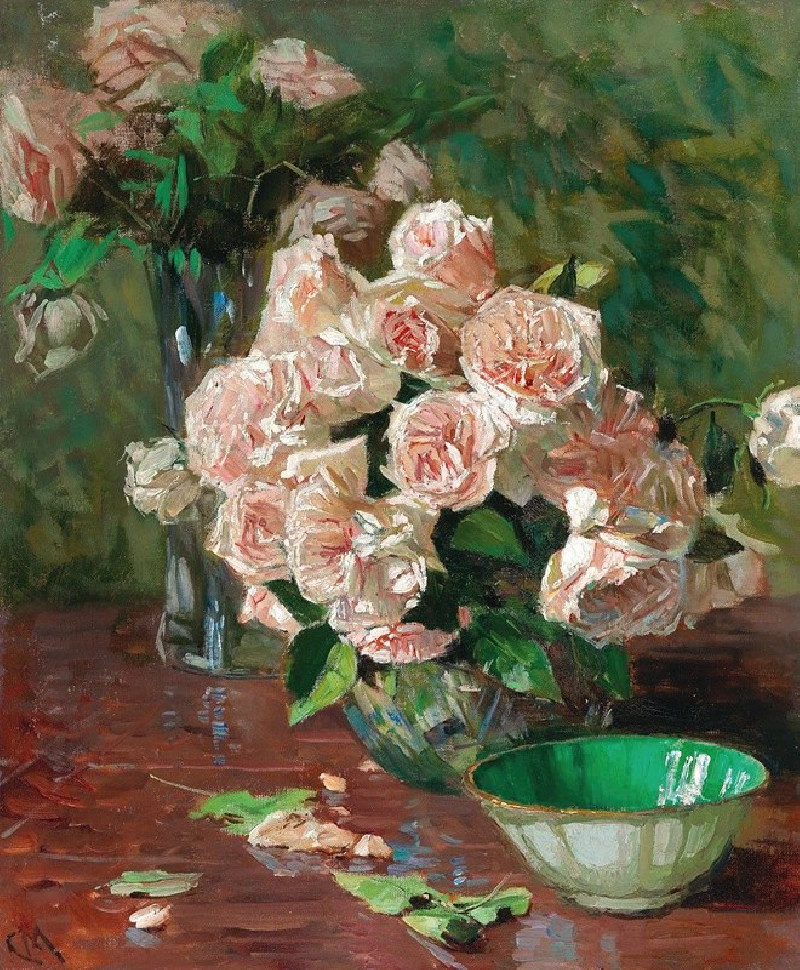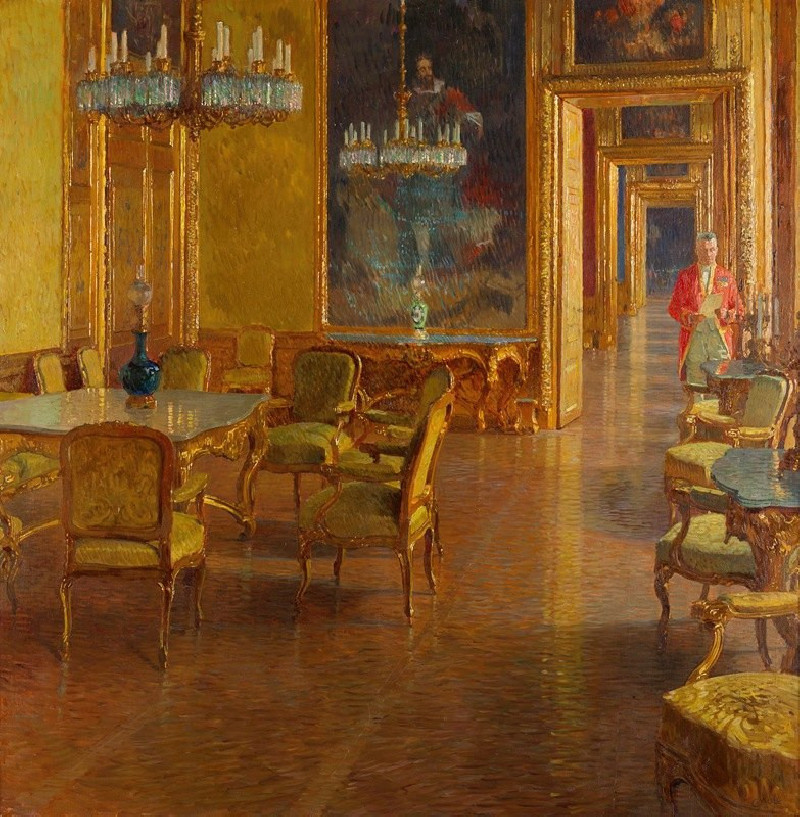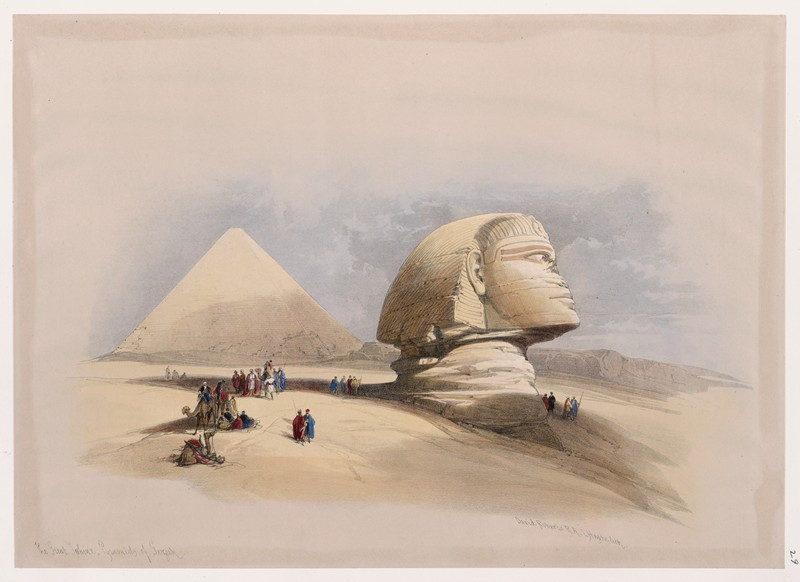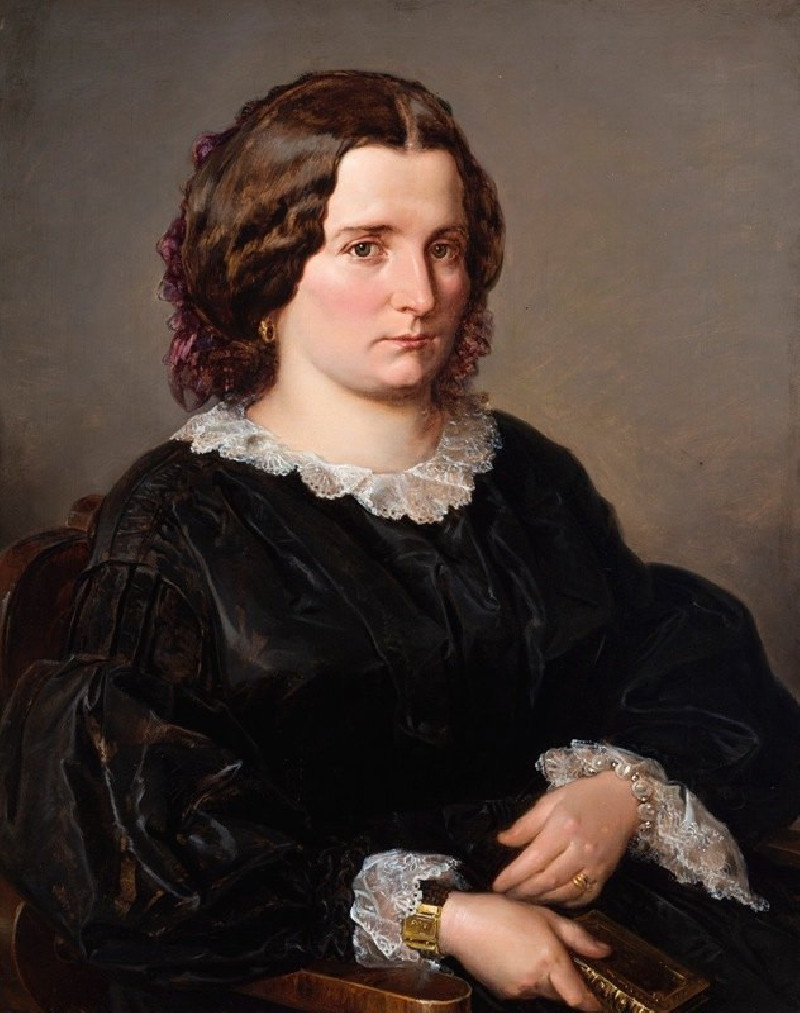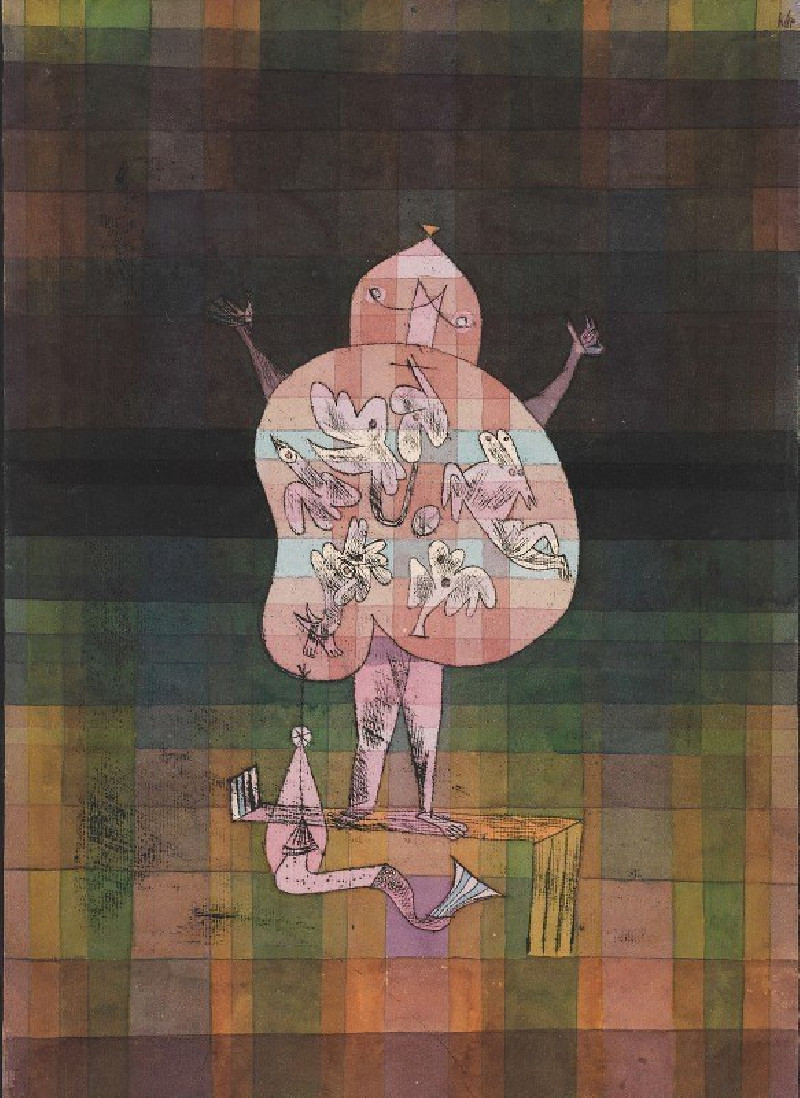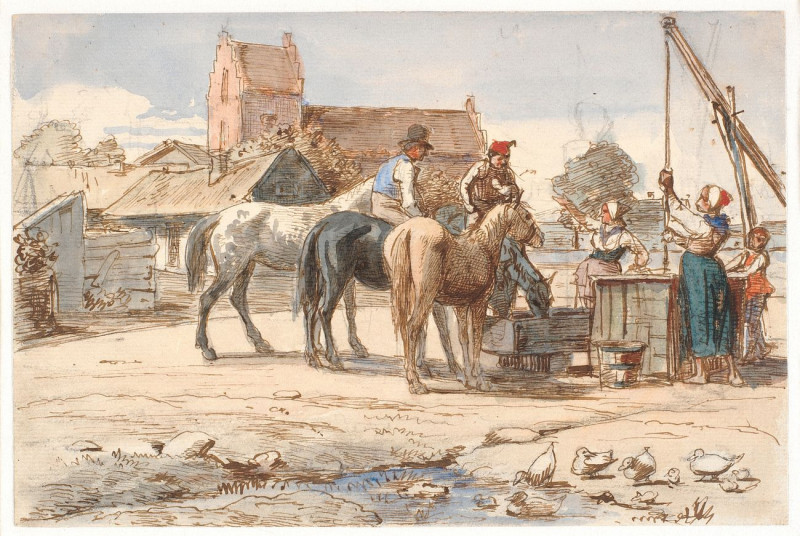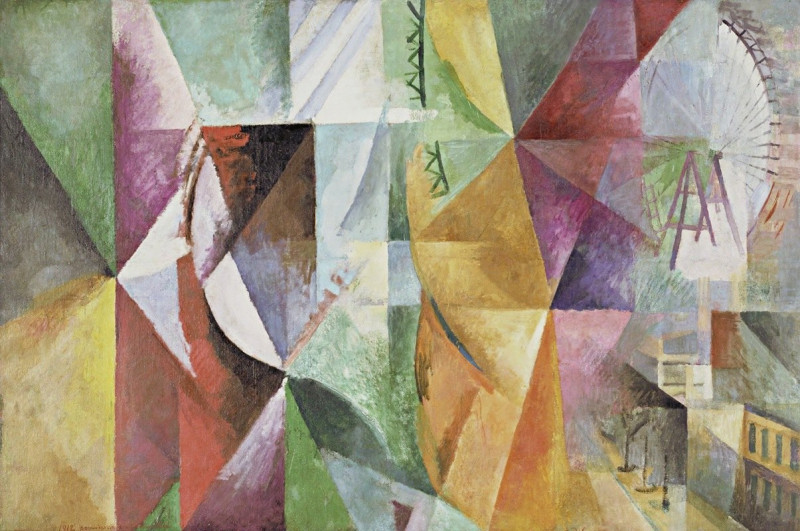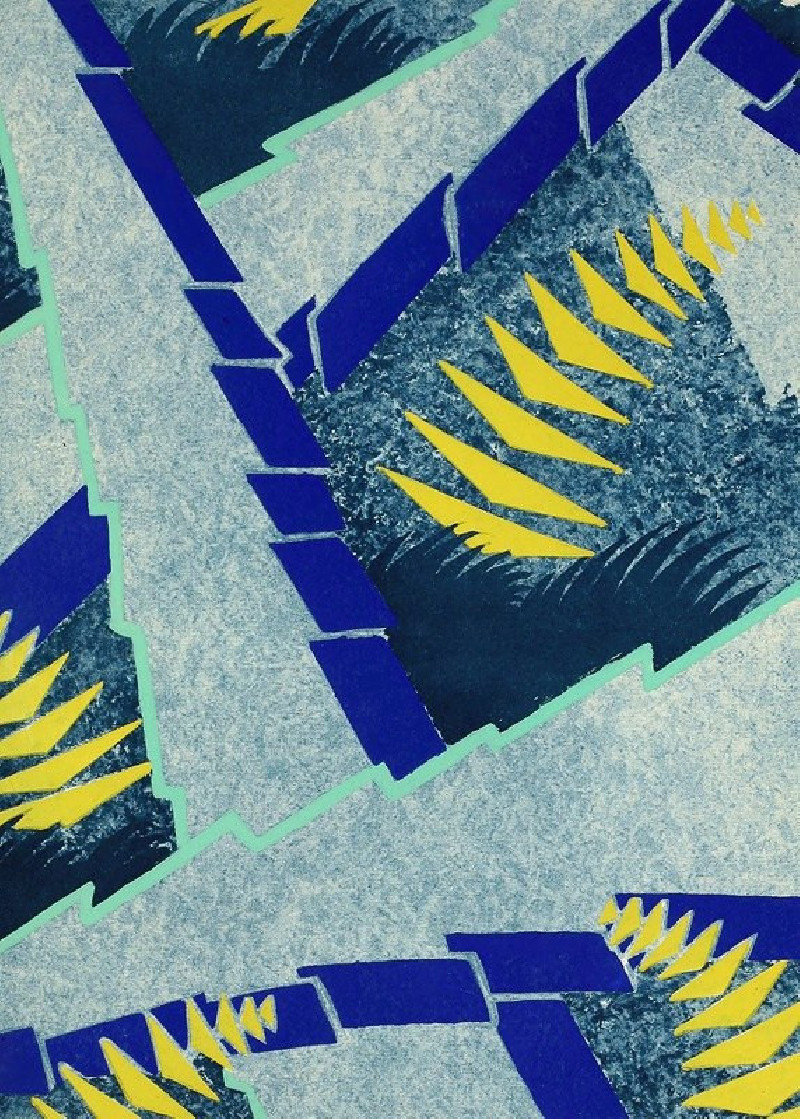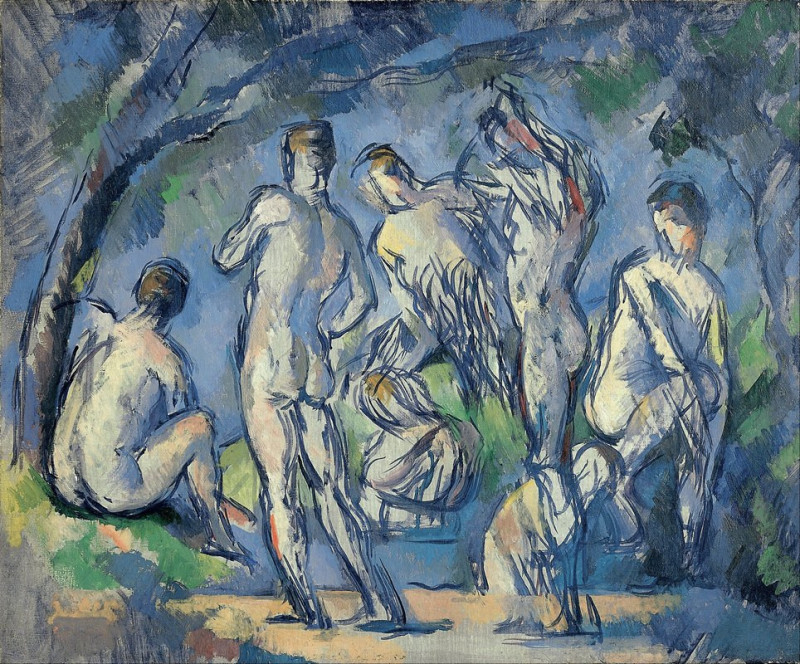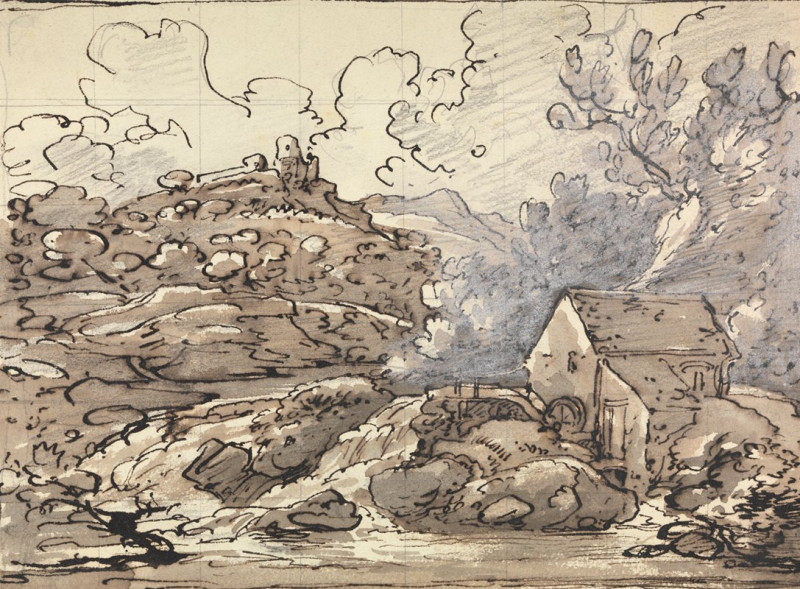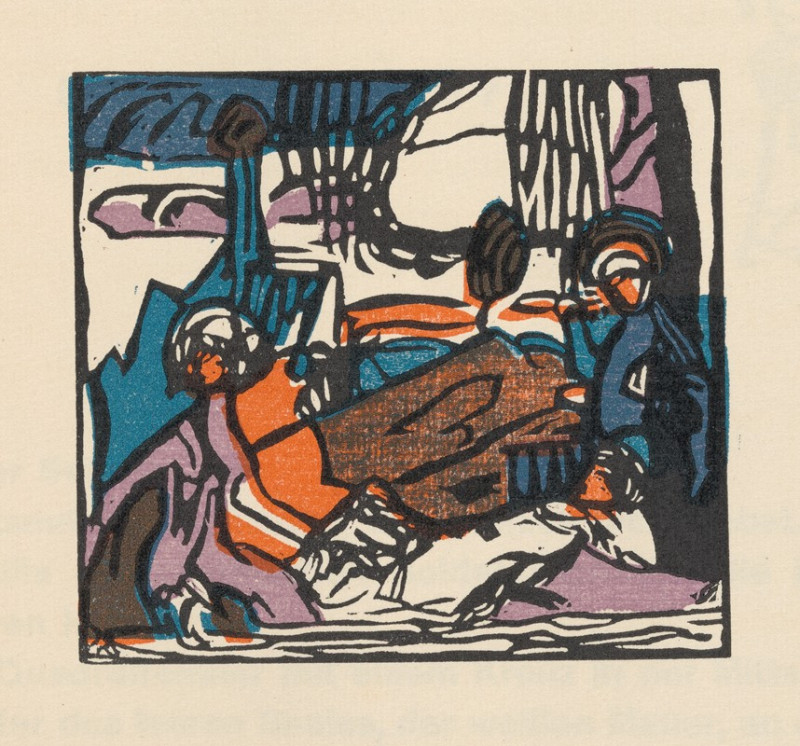Die Dr. Seipel-Straße in Mödling (1942)
Technique: Giclée quality print
Recommended by our customers
More about this artwork
Seipel-Straße in Mödling (1942)" by Carl MollThis vibrant painting, crafted by the prominent artist Carl Moll in 1942, captures the essence of the charming street, Dr. Seipel-Straße, in Mödling, Austria. Known for his role in the Vienna Secession movement, Moll’s mastery in employing light and shadow to evoke mood is vividly apparent in this artwork.The scene is an engaging blend of everyday life and quaint architecture, bathed in natural light that seems almost to dance on the surfaces it touches. Moll uses loose, expressive brushstrokes to depict a typical day on this bustling street. The painting shows people going about their daily routines, adding a dynamic human element to the otherwise static urban landscape.Architecturally, the painting features traditional European buildings with rich textures and varied façades that line the narrow street leading off into the distance. Shadows and highlights are cleverly used to create depth and perspective, drawing the viewer’s eye through the winding road that disappears at the curve, inviting curiosity about what lies beyond.This piece not only serves as a historical snapshot of Mödling during the early 1940s but also showcases Carl Moll’s unique ability to blend impressionistic techniques with a realist eye. Each stroke and color choice builds a composition that is both lively and serene, offering a window into the peaceful yet vibrant street life of a small Austrian town during a tumultuous era.
Delivery
Returns
Carl Julius Rudolf Moll (23 April 1861 – 13 April 1945) was an Austrian art nouveau painter active in Vienna at the start of the 20th century. He was one of the artists of the Vienna Secession who took inspiration from the pointillist techniques of French Impressionists. He was an early supporter of the Nazis and committed suicide as Soviet forces approached Vienna at the end of World War II.

